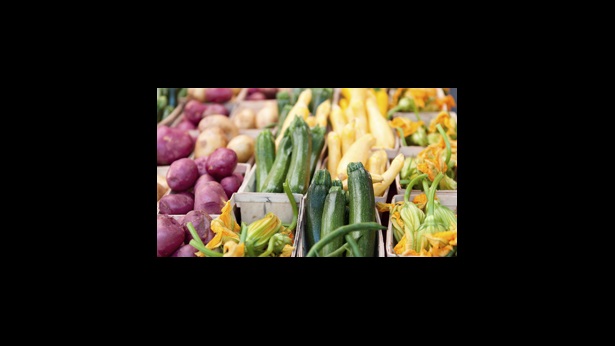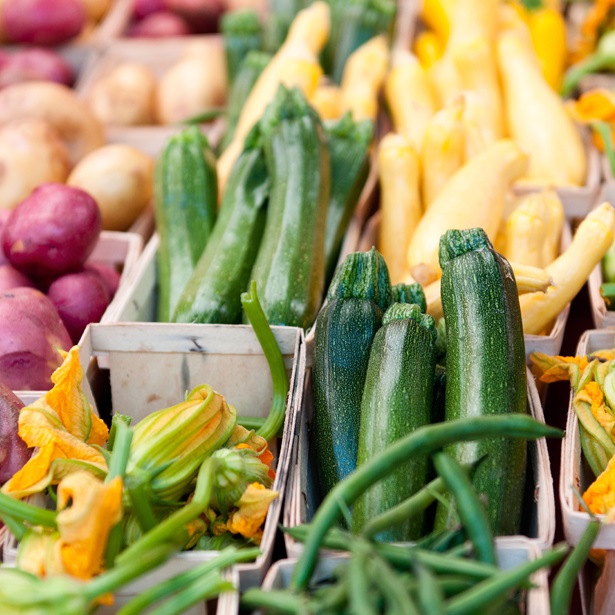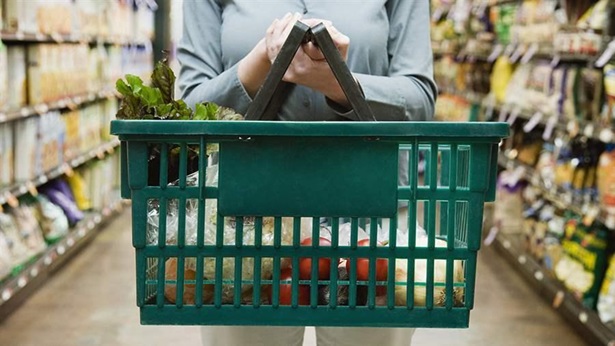U.S. Food Supply Poised to Get Safer as FDA Rule Takes Effect
Large food processors are the first that must meet new federal requirements to prevent contamination
 © Getty Images
© Getty ImagesUnder the new national requirements, each facility must develop a food safety plan that identifies possible points of contamination throughout the production process, along with steps to mitigate them.
An estimated 1 in 6 Americans contracts a foodborne illness each year, but that figure should decline as a result of safety measures that thousands of food facilities must implement by Sept. 19. That’s the deadline for large food processors to meet new prevention-based regulations developed by the U.S. Food and Drug Administration (FDA), which oversees the safety of roughly 80 percent of the food supply—nearly everything except meat, poultry, and egg products.
The central element of FDA’s rule—and the law that authorized it, the FDA Food Safety Modernization Act (FSMA)—establishes that the companies growing and processing food have an affirmative, legally enforceable responsibility to take steps to prevent contamination of their products. Many Americans may assume that these FDA-regulated businesses already had such an obligation, but in fact, they have not until now.
Under the new national requirements, each facility must develop a food safety plan that identifies possible points of contamination throughout the production process, along with steps to mitigate them. Companies also must monitor the effectiveness of their efforts and, when problems arise, correct them. For example, an ice cream plant or processor of salad mixes will probably have to address Listeria monocytogenes as a hazard, especially in light of its role in foodborne illness outbreaks linked to these products. In addition, facilities should test food-contact surfaces, food-production machinery, and other areas where microbes may hide. When they are found, businesses will have to eradicate them.
Equally important, starting Sept. 19, FDA will be able to stop a large processing facility from making or distributing tainted products if it fails to meet these requirements, before a single person gets sick. No longer will the agency have to wait to act until a firm’s unsafe practices cause serious illnesses.
While many larger operations have prevention-based food safety programs in place, this approach may be new to many midsize and small farms and facilities. They are receiving more time to ramp up and be ready. Educating these smaller operations on the FSMA requirements has been, and will continue to be, a major focus at FDA.
This milestone is far from the last one on the road to implementing FSMA, the most sweeping update of FDA’s food safety authorities since the Great Depression. Produce safety and food import regulations will be phased in over the next few years. To ensure the law’s success, the agency will need the support of the new Congress and presidential administration taking office in January. With their backing, FDA and the businesses that put food on Americans’ tables can continue to move closer to FSMA’s ultimate goal: reducing preventable foodborne illnesses.


America’s Overdose Crisis
Sign up for our five-email course explaining the overdose crisis in America, the state of treatment access, and ways to improve care
Sign up

Improving the Safety of Produce and Processed Food


Foodborne Illness Outbreaks
Costly and preventable









